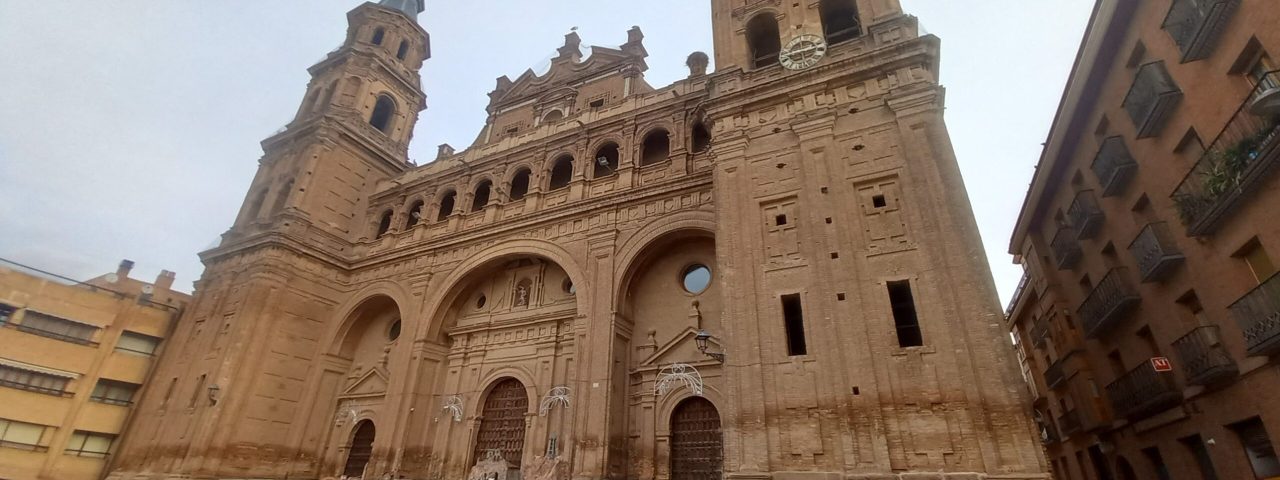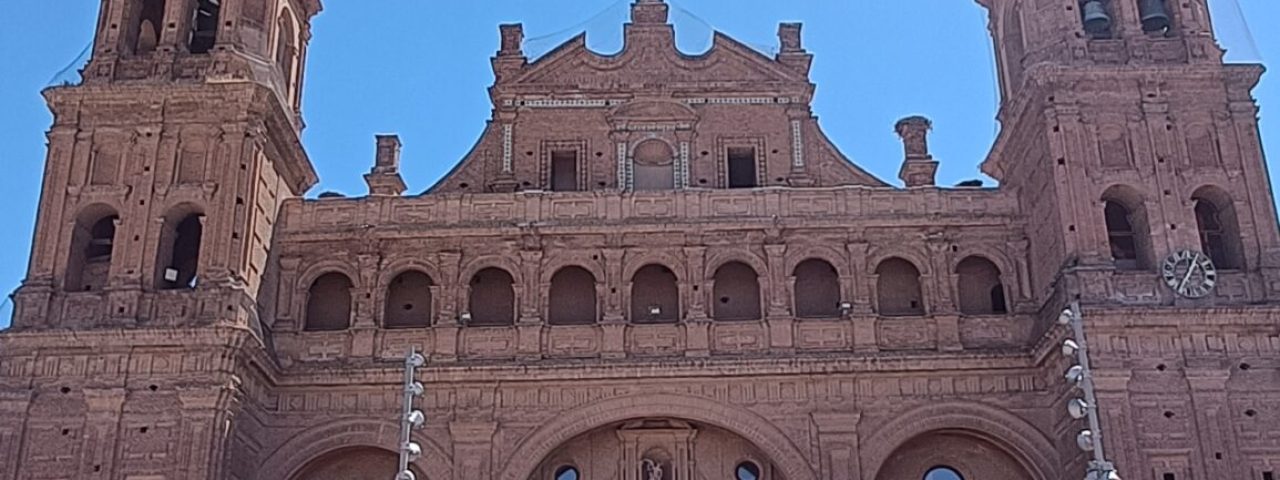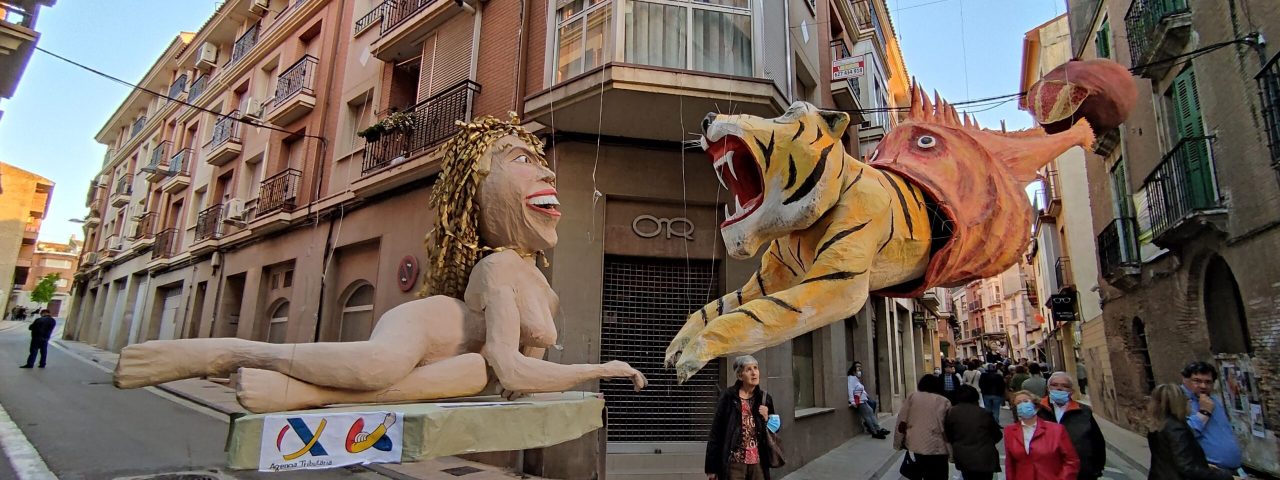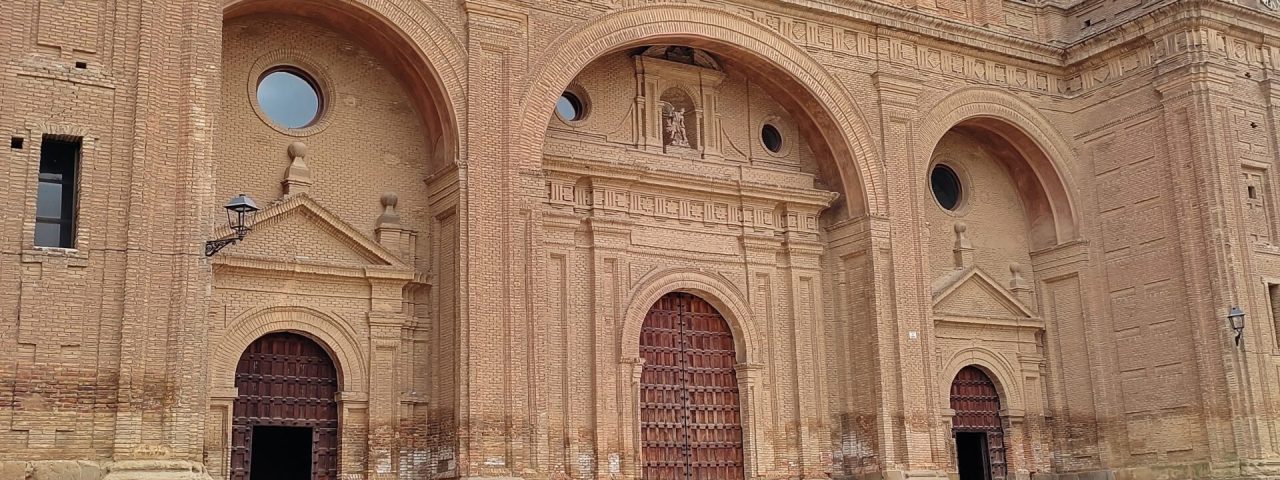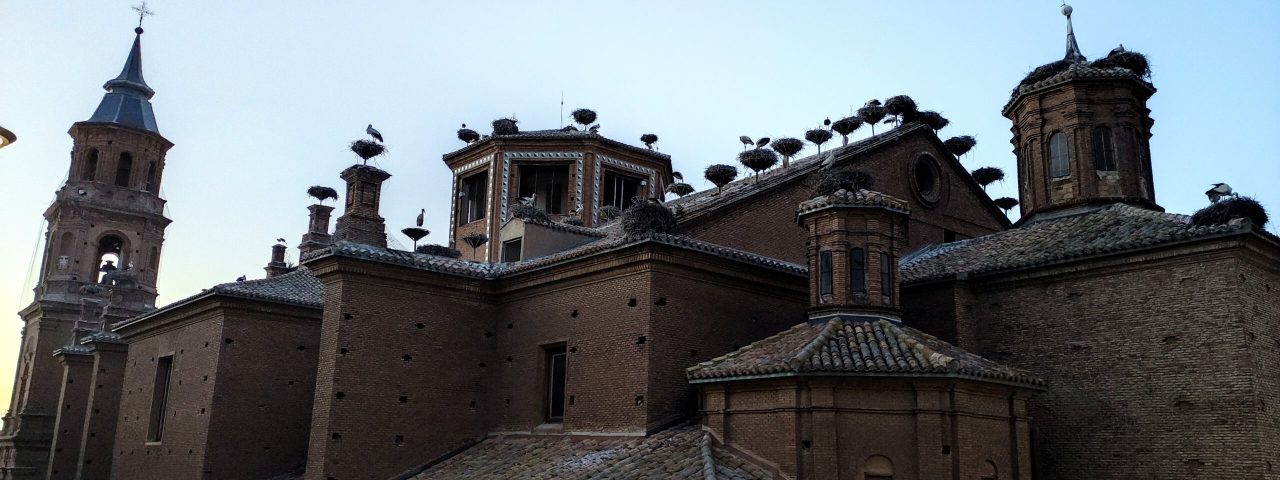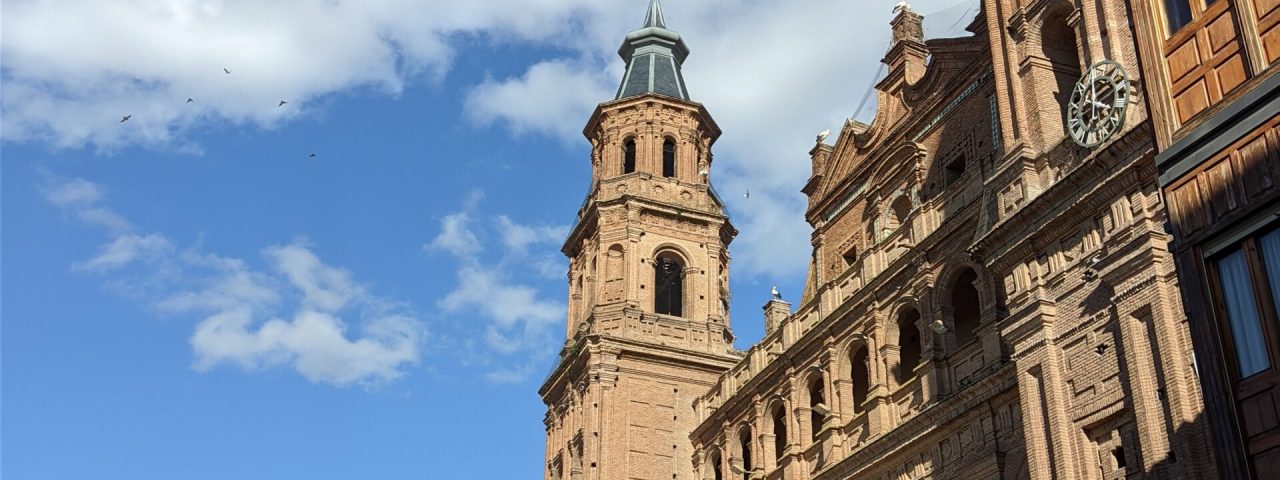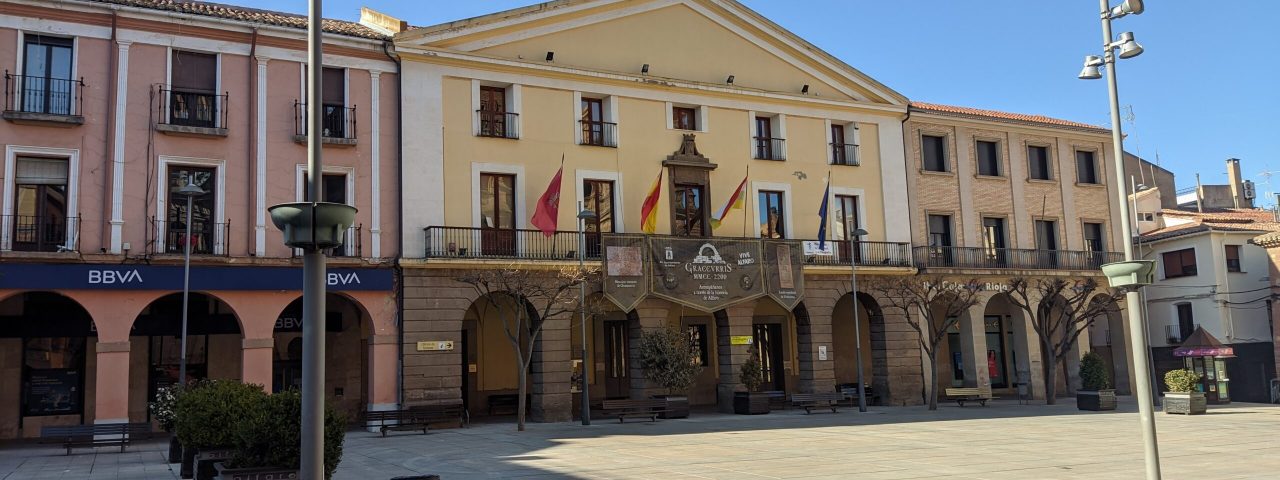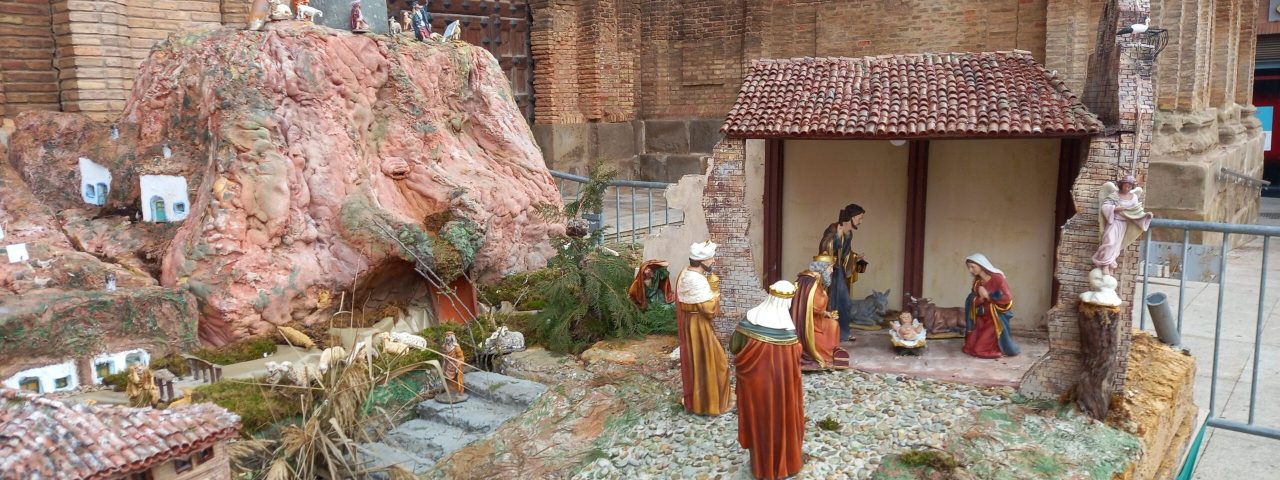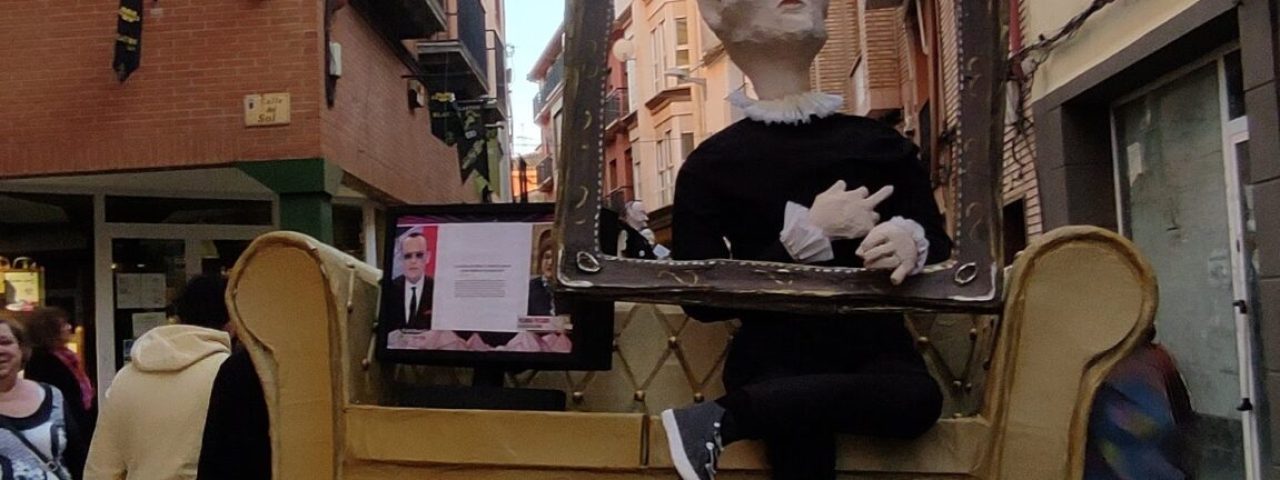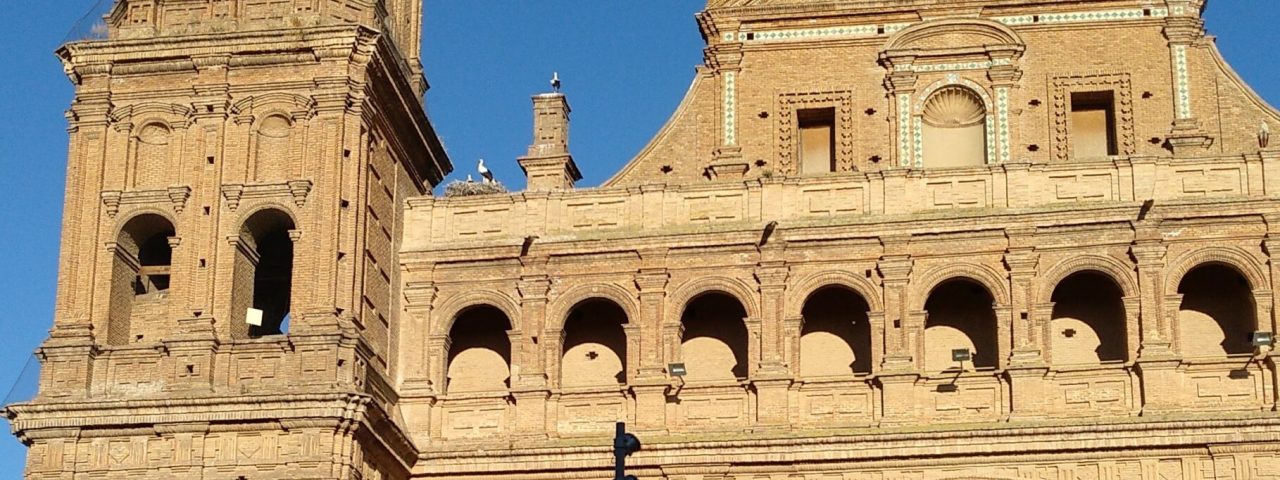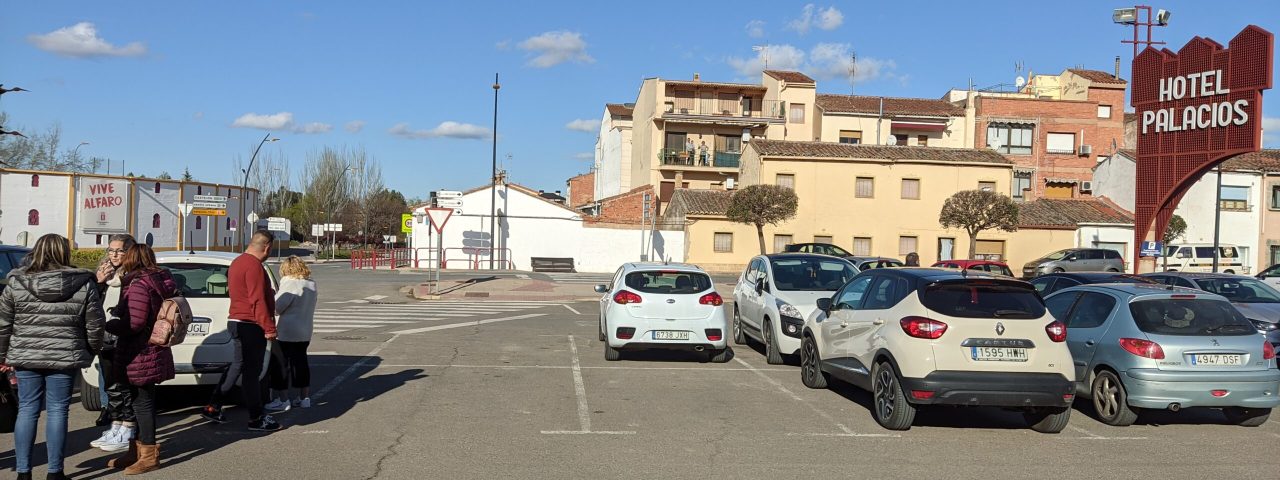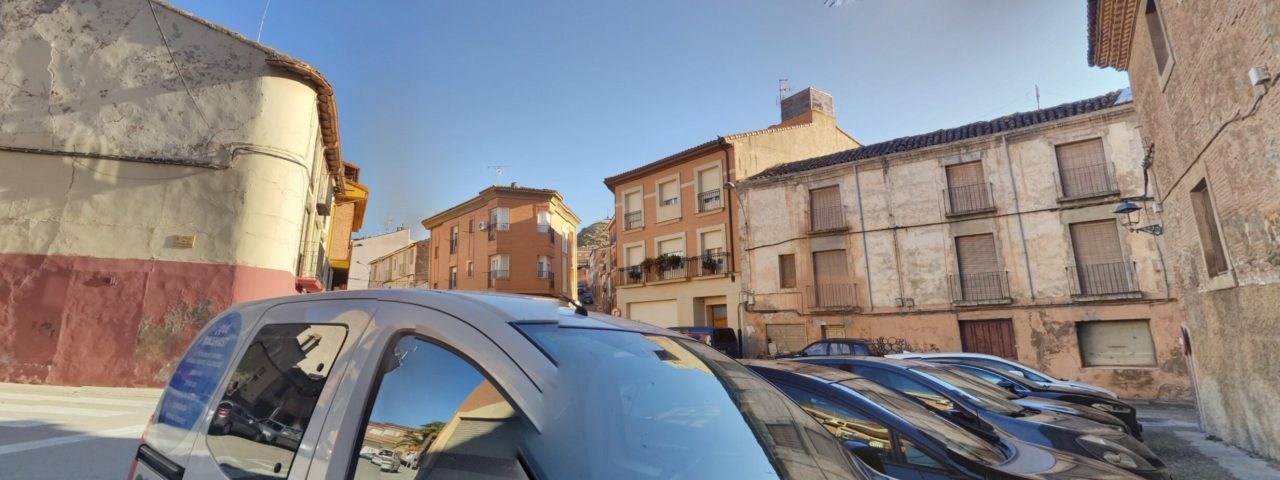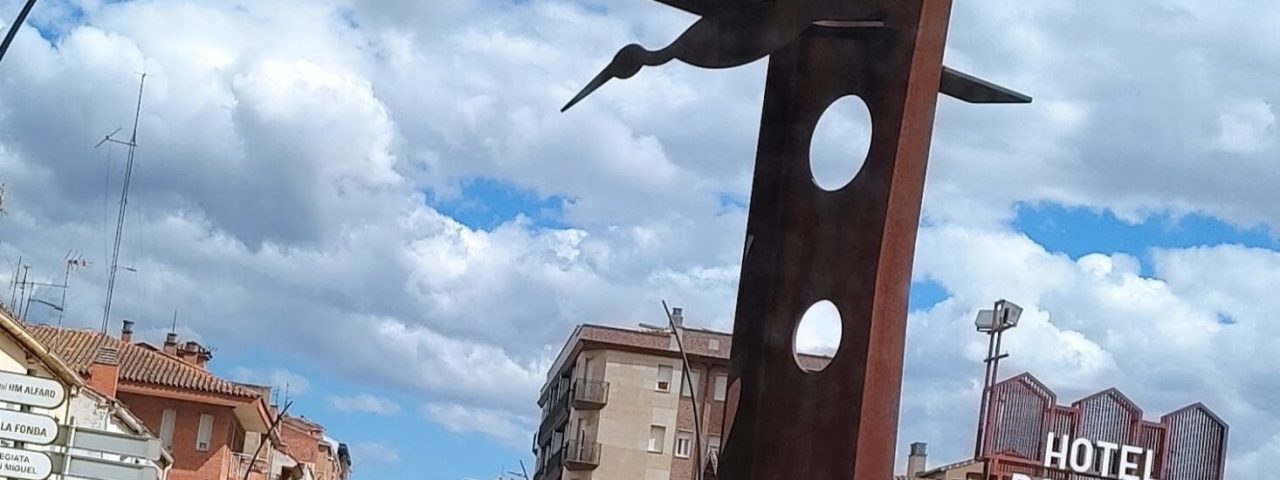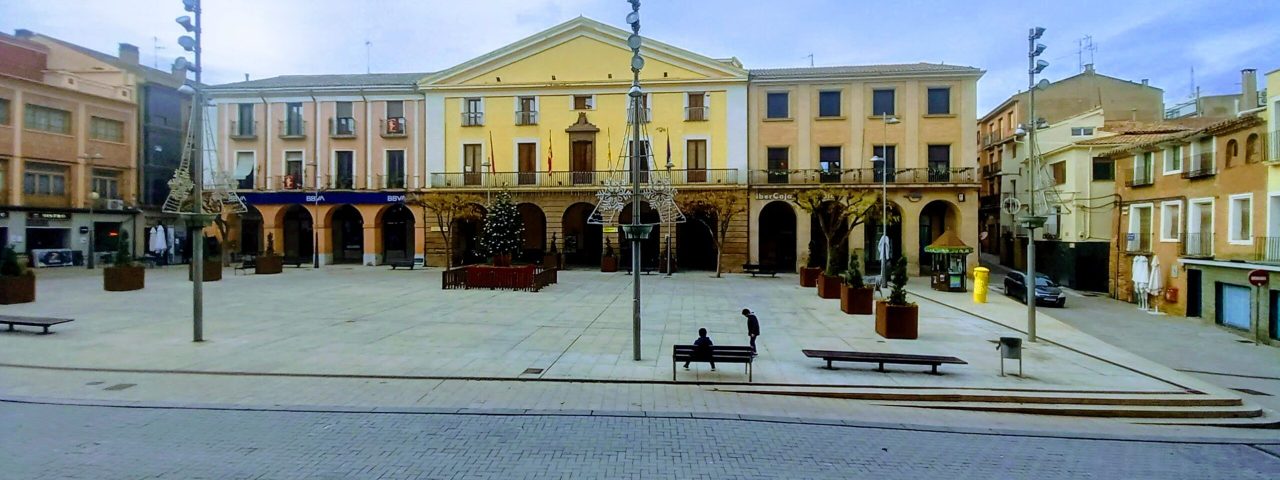Alfaro has a rich and varied history that dates back to Roman times. Originally known as Graccuris, the city was founded by the Romans in the 2nd century BC and played a crucial role in their control over the Iberian Peninsula. Its strategic position near the Ebro River made it a key military and commercial hub. Over the centuries, Alfaro has been influenced by various cultures, including the Visigoths and Moors, before finally being reconquered by Christian forces in the Middle Ages.
Culturally, Alfaro is deeply rooted in La Rioja’s traditions, with annual festivals and religious celebrations that reflect its historical and agricultural heritage. One of the city’s most notable events is the Fiestas de San Roque, held in August, which includes traditional processions, bullfights, and music. The city is also known for its impressive collection of storks, with the largest urban colony of these birds in Europe nesting on the roof of the Colegiata de San Miguel, a cultural and architectural gem in its own right.
Local customs are closely tied to the land and its bounty, with many festivals celebrating the grape harvest and wine production. These events offer visitors a chance to immerse themselves in the local way of life while experiencing traditional music, dance, and gastronomy.
